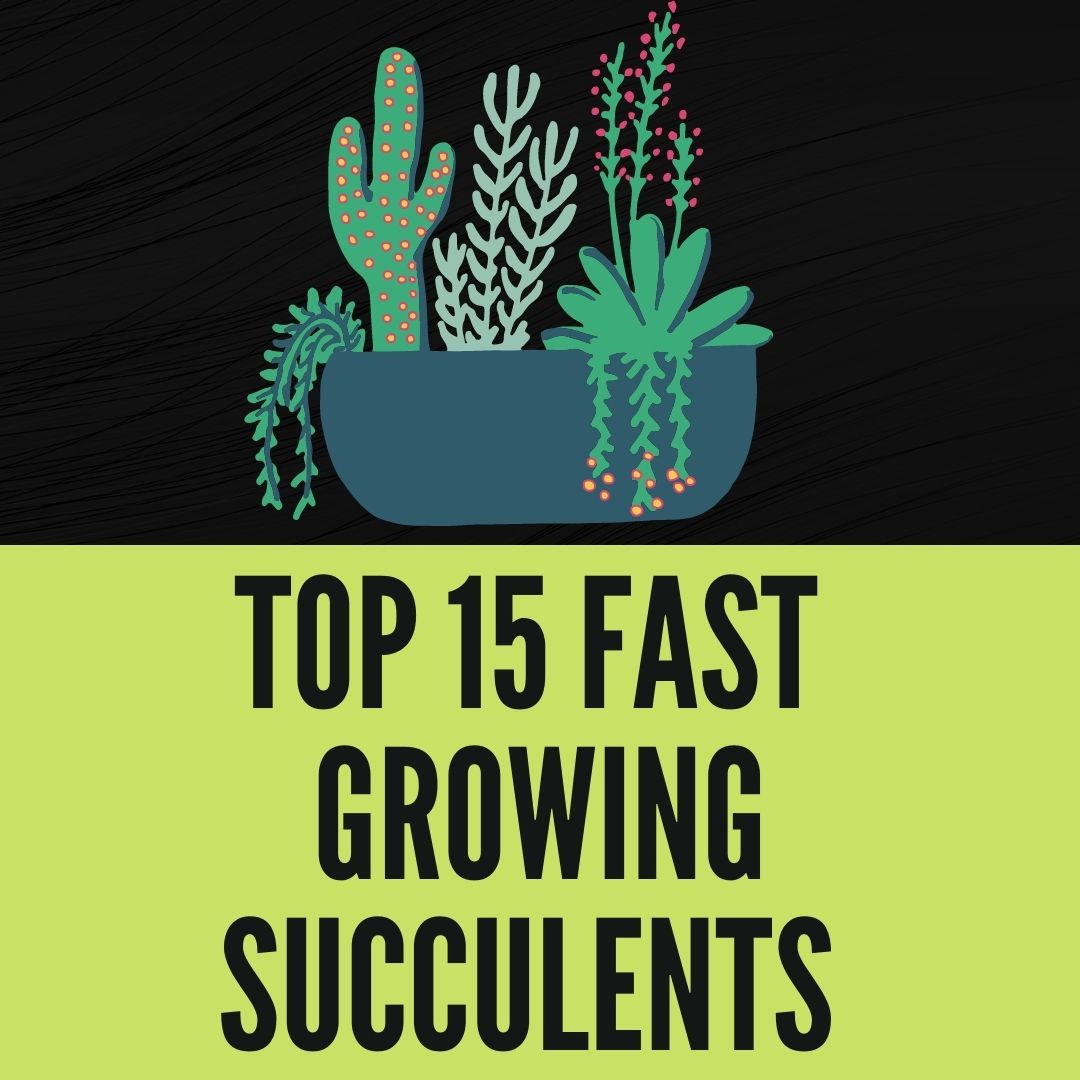The fast growing succulents are some of the most popular plants these days. This is because they offer a variety of colors, are easy to grow, and can be used in both outdoor and indoor settings. But how do you make them grow even faster? In this article, we will explore 9 fast-growing succulents, along with tips for how to grow them even faster!
Fast growing Succulents
1) Aeonium Sunburst
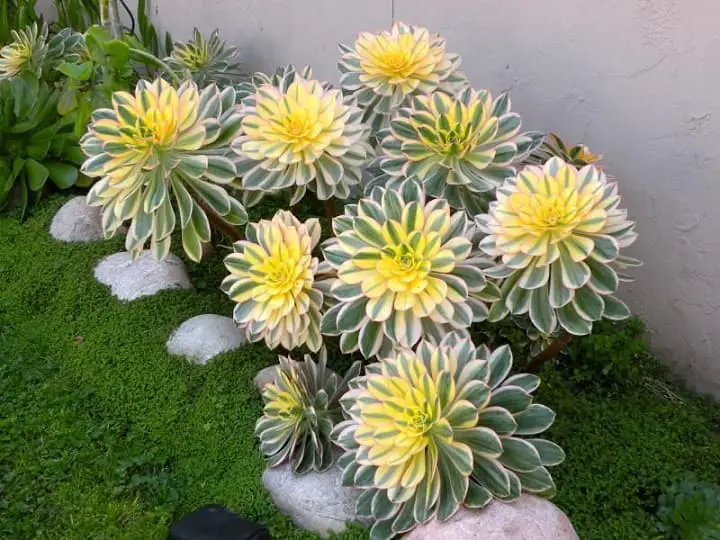
Aeonium Sunburst grows fast. Its leaves grow up to 12 cm in length, and its stems can reach heights of 50 cm.
Aeonium Sunburst thrives in low-light.
2) Agave attenuata
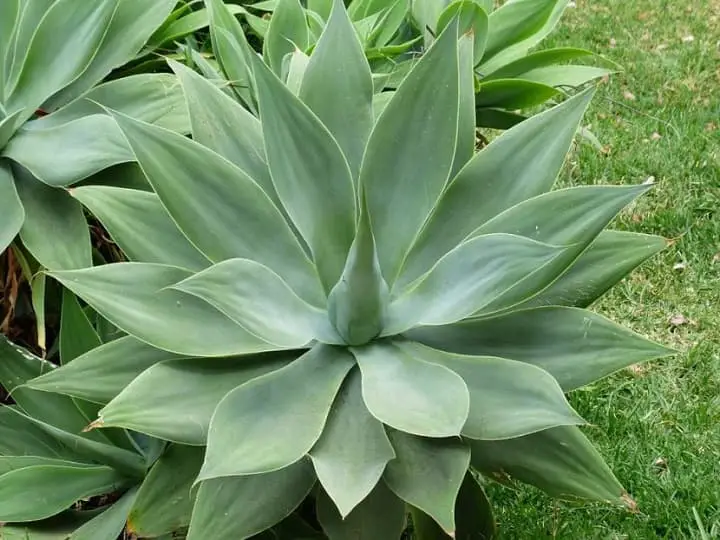
This fast growing succulent has leaves that grow up to 30 cm long and wide, with sharp spines on the tips of its leaves. The Agave also flowers well due to its flowering cycle, which is once every two years.
3) Aloe Vera
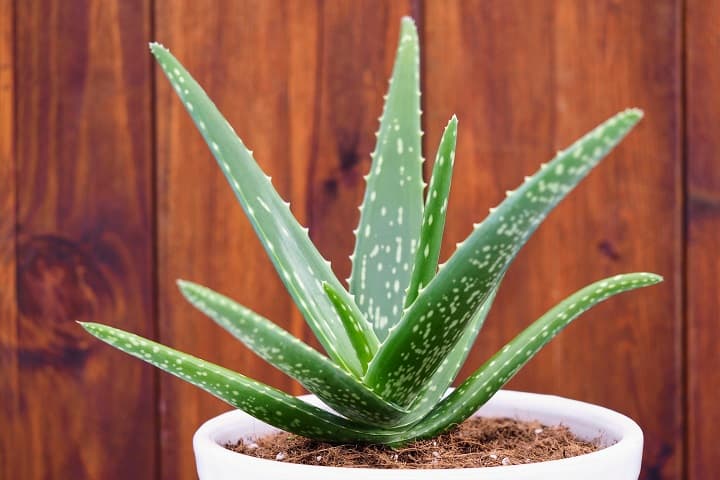
The Aloe Vera is one of the most popular types of plants, for good reason! It grows incredibly fast: a new plant can be produced from an old one within six weeks or less! And it doesn’t stop there either…once this type of succulents starts getting “old” (more than four months), they will produce more rosettes offshoots through their center.
4) Euphorbia canariensis
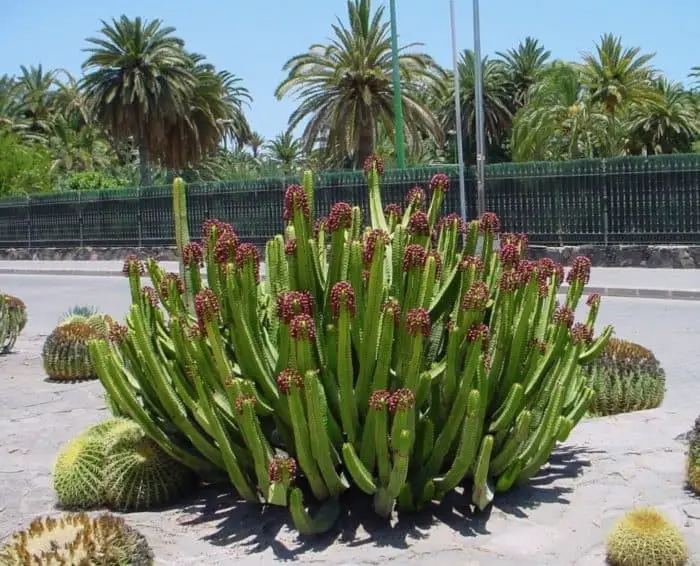
This is a fast growing succulent with the potential to grow up to 80 cm in height, but it will take about four years before this happens. It also produces flowers that are white and yellow-tipped. The Euphorbias leaves have been known to produce milk which was used for medicinal purposes in former times; some people still use them today as well!
5) Haworthia Fosbergii
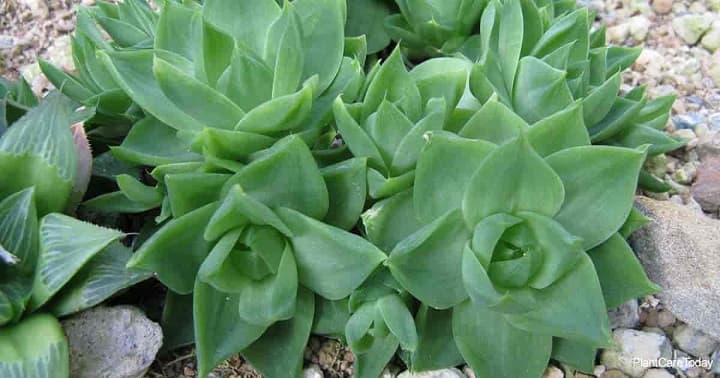
Haworthia Fosbergii Slightly less common than other types of succulents, Haworthia fosbergii grows fast enough: these plants can reach heights of 27 cm within two or three months (depending on how much sunlight they get). They’re best suited for those who want smaller indoor plants because of their size.
6) Crassula Species
Crassula is a genus of succulent plants that are native to southern Africa. They grow fast and can survive in low maintenance environments. These hardy adaptable plants make wonderful additions to any garden or terrarium.
Crassula species are some of the fastest growing house plants. It is likely that you will be able to see your plant grow from seedling to mature adult in just a few months.
7) Haworthia Species
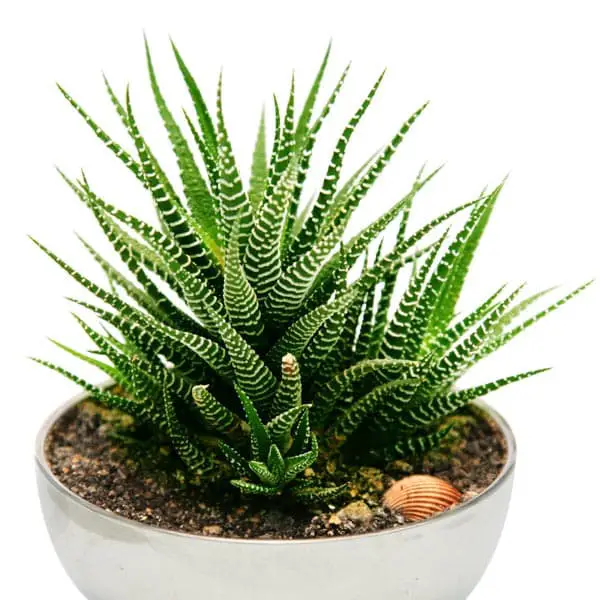
Haworthia are in the plant family Asphodelaceae. Haworthias are endemic to South Africa, but have become naturalized in many other parts of the world.
Haworthias require a lot of light to grow fast, so they are best suited for those who want smaller indoor plants because of their size.
8) Christmas Cactus
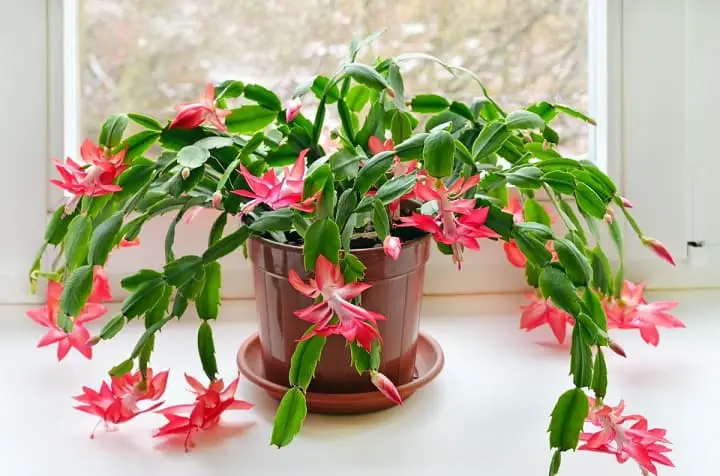
Christmas Cactus, also known as Schlumbergera (from Latin “schlumbergerianum”), is a flowering plant native to Brazil. They are popular houseplants during the Christmas season due to their red and green foliage and bright flowers.
Christmas cacti are fast-growing in the right conditions, and can be cut back to promote faster growth.
The Christmas Cactus is named for its bright red and green color. When cared for properly it can grow from a small plant to reach up to 7 feet high in only three years.
9) Kalanchoe daigremontiana
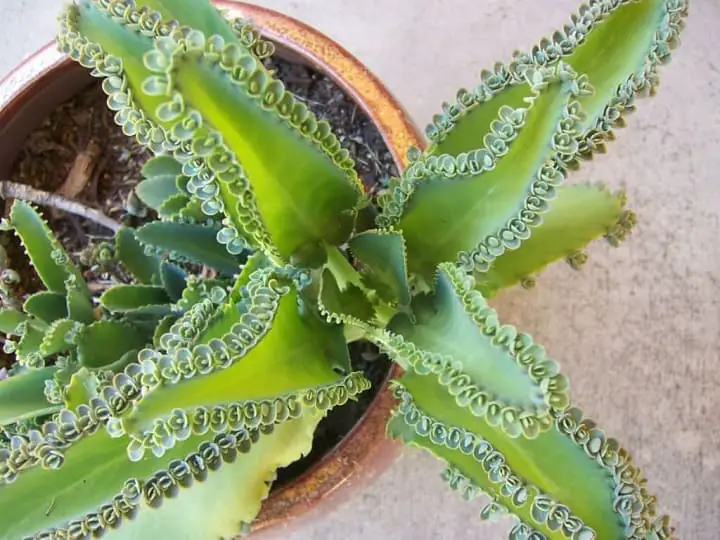
K. daigremontiana is a very showy, succulent shrub which produces striking cream-colored flowers with red or purple flecks and pretty yellow pollen cones in early spring. Flowering stems may reach 40 cm long, but are often cut back after flowering to promote a more compact growth habit.
10) Sedum spurium
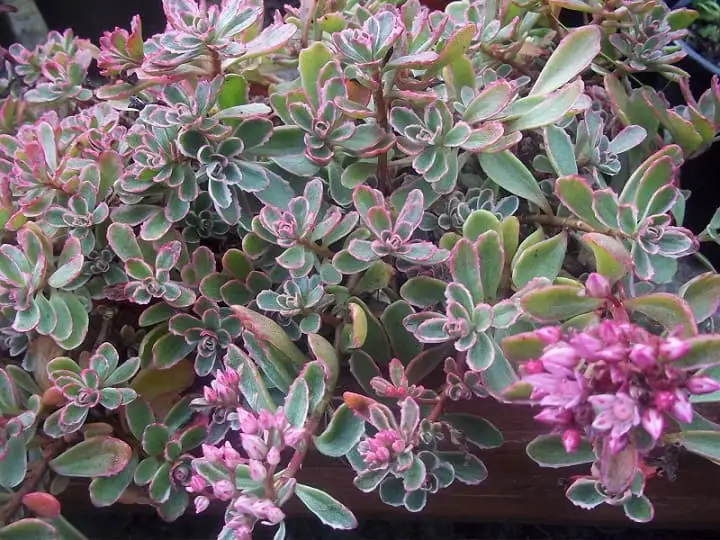
Sedum spurium is a perennial flowering plant commonly known as the Burro’s Tail. It was first described in 1852 by George Bentham and can be found throughout much of North America.
11) Calandrinia grandiflora
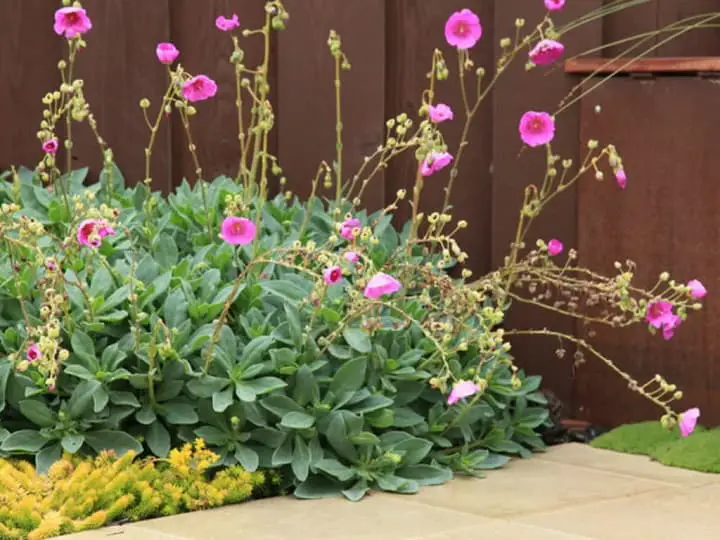
Calandrinia grandiflora (commonly known as poinsettia) is a species of flowering plant in the family Solanaceae. It is native to Mexico and Guatemala, and naturalized in Puerto Rico, the southernmost United States, and on some other Caribbean islands.
12) Echeveria Afterglow
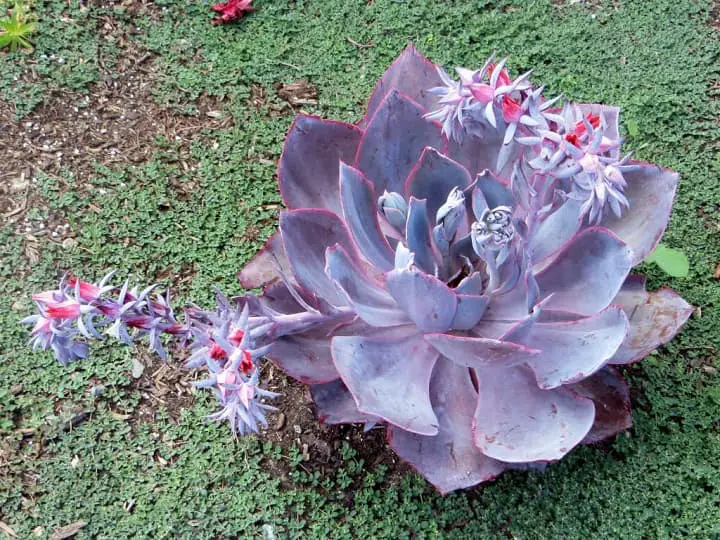
Echeveria Afterglow will grow fast under the right conditions. It will need lots of sunlight and a well-draining soil. Echeveria Afterglow can be grown in soil or as a houseplant. It grows faster if you water it with at least two inches of water per week, especially during the summer months.
13) Curio repens
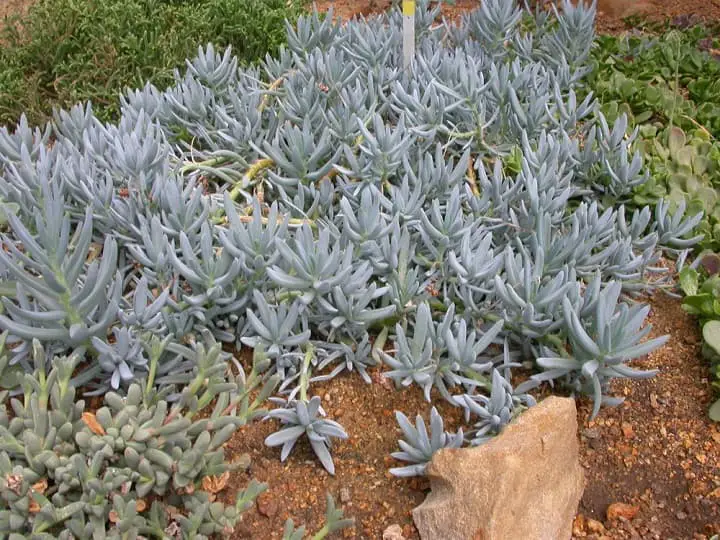
Curio repens is a fast growing plant. It has deep green leaves and grows up to 2 feet tall. Ground ivy is a climbing perennial that can reach up to three feet in height. It has leaves similar to the common wood sorrel, but with thinner stems and heart-shaped leaf bases.
14) Euphorbia resinifera
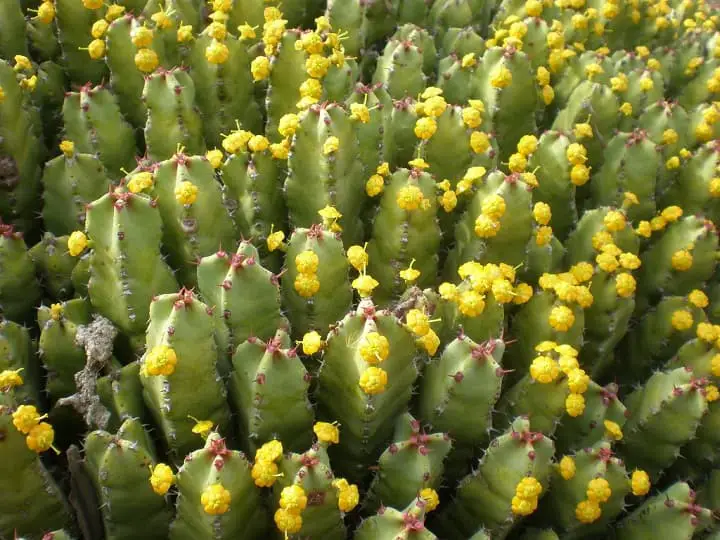
Euphorbia resinifera is also known as the “Spurge of Jamaica” and can grow at a rate of 2 inches per month. The plant tends to flower during the months between December and January, which means that it will stop growing for a period of time.
15) Echeveria imbricata
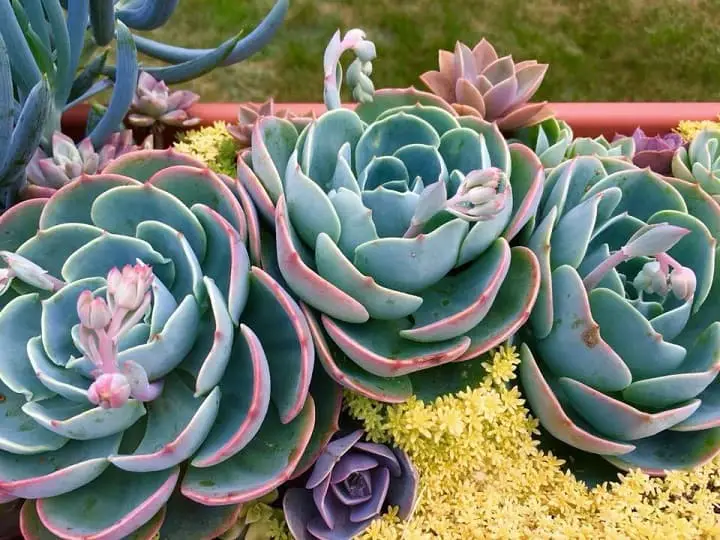
Echeveria imbricata grows fast, so it’s great for people who want to grow them as houseplants. In fact, this succulent is one of the easiest types of plants to take care of. This plant may look delicate, but it is actually quite hardy and tolerant of neglect.
How to Grow Succulents Fast
1. Succulents need a lot of light
2. They like to be watered once every two weeks, but don’t over-water them!
3. Keep your succulents in a pot with drainage holes so that they can get plenty of water and air without getting too wet or dry
4. Put them outside during the summer months (they’ll love it!)
5. The best time to plant succulents is in late winter or early spring because they’re dormant at this time of year
Increasing Succulent Size
1. Use a pot that is at least 2 inches wider than the diameter of your succulent.
2. Fill the bottom of the pot with rocks, gravel, or broken pieces of terracotta pots to create a drainage layer.
3. Add soil to fill up about halfway up the pot and make sure it has good drainage by poking holes in it with your fingers.
4. Place your succulent on top of this layer so that its roots are just below where you stopped adding soil
5. Cover any exposed roots with more dirt and water well.
Final words
I hope you have a good idea of the fast growing succulent plats now. If you need more information about fast growing succulents, please let us know.
